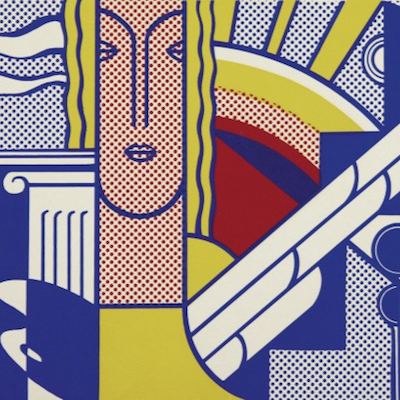
What is late modernism?
Late Modernism refers to the continuation and evolution of Modernist principles in art, architecture, and literature from the mid-20th century into the late 20th century. This movement maintains a focus on form, abstraction, and the rejection of traditional styles, but it often incorporates more complexity and ambiguity compared to early Modernism. Late Modernism explores themes such as alienation, identity, and the fragmentation of reality, reflecting the social and cultural shifts of the post-war period. It is seen in the works of architects like Louis Kahn and artists like Francis Bacon, who pushed the boundaries of Modernism while responding to the changing world around them.
Show All
- Show All
- Established
- Discoveries
A,B,C
ARTWORKS RELATED TO LATE MODERNISM
Roy Lichtenstein
Landscape 2 (from Ten Landscapes), 1967
Limited Edition Print
Screen-print
Inquire For Price
Andy Warhol
The Marx Brothers (F. & S. II.232), 1980
Limited Edition Print
Serigraph
Inquire For Price
Andy Warhol
Speed Skater (from Art and Sports Portfolio), 1983
Limited Edition Print
Screen-print
Inquire For Price
Andy Warhol
The Witch (F. & S. IIB.261) (TP), 1981
Limited Edition Print
Screen-print
Inquire For Price
Andy Warhol
Cowboys and Indians: Northwest Coast Mask, II.380, 1986
Limited Edition Print
Screen-print
USD 44,000
Frank Stella
River of Ponds IV, Newfoundland Series, 1971
Limited Edition Print
Lithograph
USD 12,000

Found objects (or objet trouvé in French) are everyday items that an artist finds and incorporates into a work of art. While collectors have displayed aesthetically pleasing objects for centuries, modern art often uses objects that originally had non-artistic functions, such as recycled or repurposed materials.

Montage is a film editing technique where a series of shots are edited into a sequence to condense time, convey information, and manage space within the narrative. While it primarily refers to this method in film, the term can also be used in various other contexts to describe the assembly of disparate elements into a cohesive whole.





















